For decades, doctors have used inkblot tests to determine the mental state of patients.
Personality tests — like this example of a Redstone Inkblot Test — are not only fun to take, but can sometimes reveal insight into our inner selves.
A research team at Cardiff University and the University of Cambridge recently published baffling results from a new inkblot study.
Shown below, the picture exhibits an array of black and white blotches. These blotches may not seem like anything — but in reality, there is an outline of a baby hidden within.
Though more research has to be done to explain this mystery, some scientists say that those who are able to spot the baby are more prone to hallucinations and psychosis.
Other researchers oppose this view, saying that the ability to identify images like these are actually helpful to the brain, denoting an analytical and observant mind.
Did you spot the baby — or did you see something else instead? Let us know in the comments below!
Since the 1960s, the Rorschach test has been used to detect whether patients suffer from underlying mental and psychological disorders. Using various inkblots, doctors would analyze the patient's answers and thus form a diagnosis.
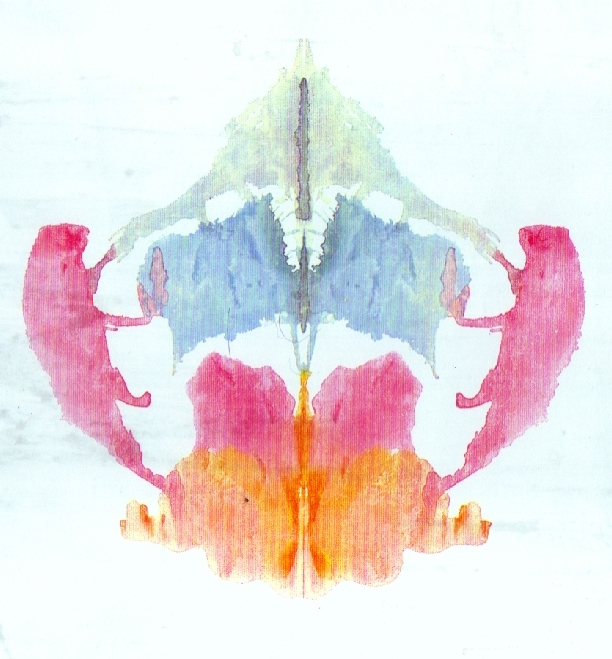
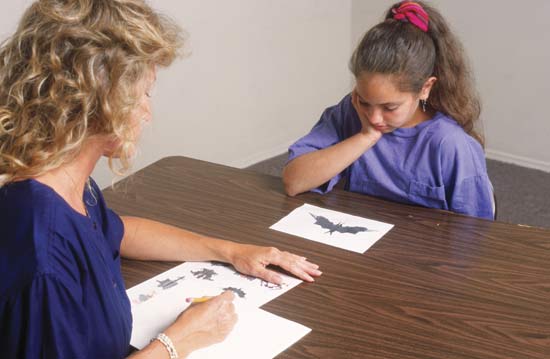
A similar test, called the Holtzman Inkblot, developed soon after. It grouped patients' results into 22 categories, including anxiety and human contact. Interestingly, the test results were shown to become more stable with age. Children showed a weaker stability of data, while older patients showed more grounded results.
Recently, the University of Cambridge conducted a riveting study using a new inkblot form. Take a minute to study the inkblot below. Can you spot the baby in the picture?
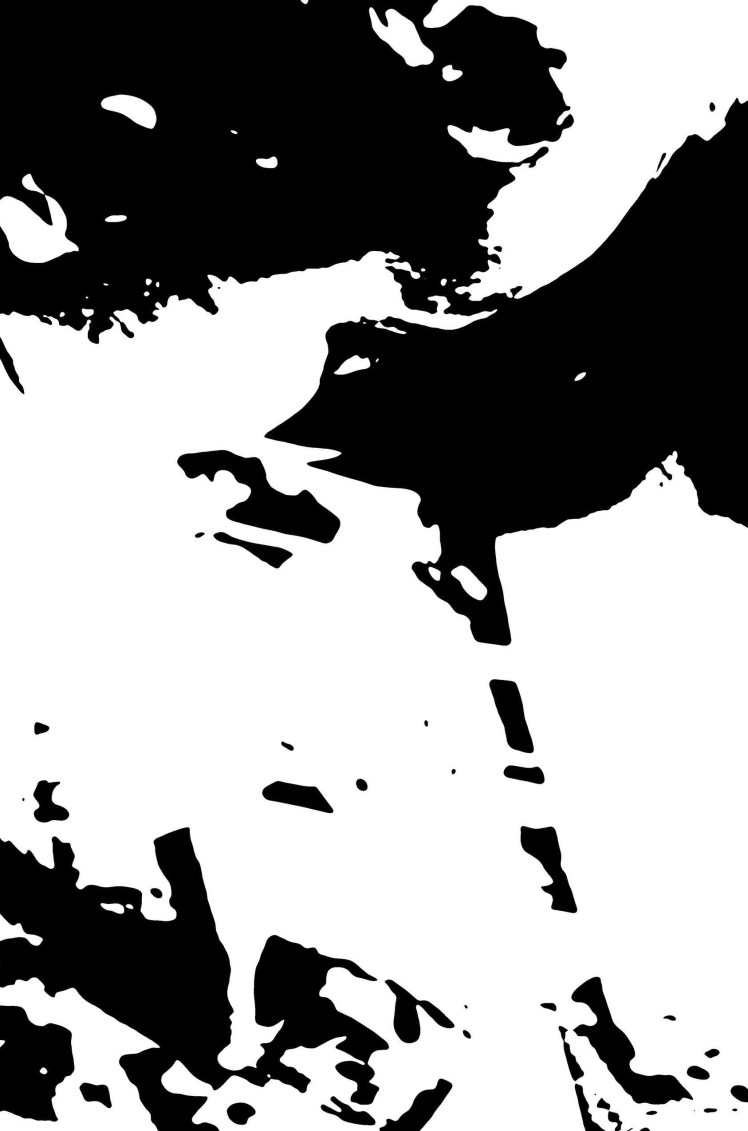
Click the image below to learn where the baby is within the photo.
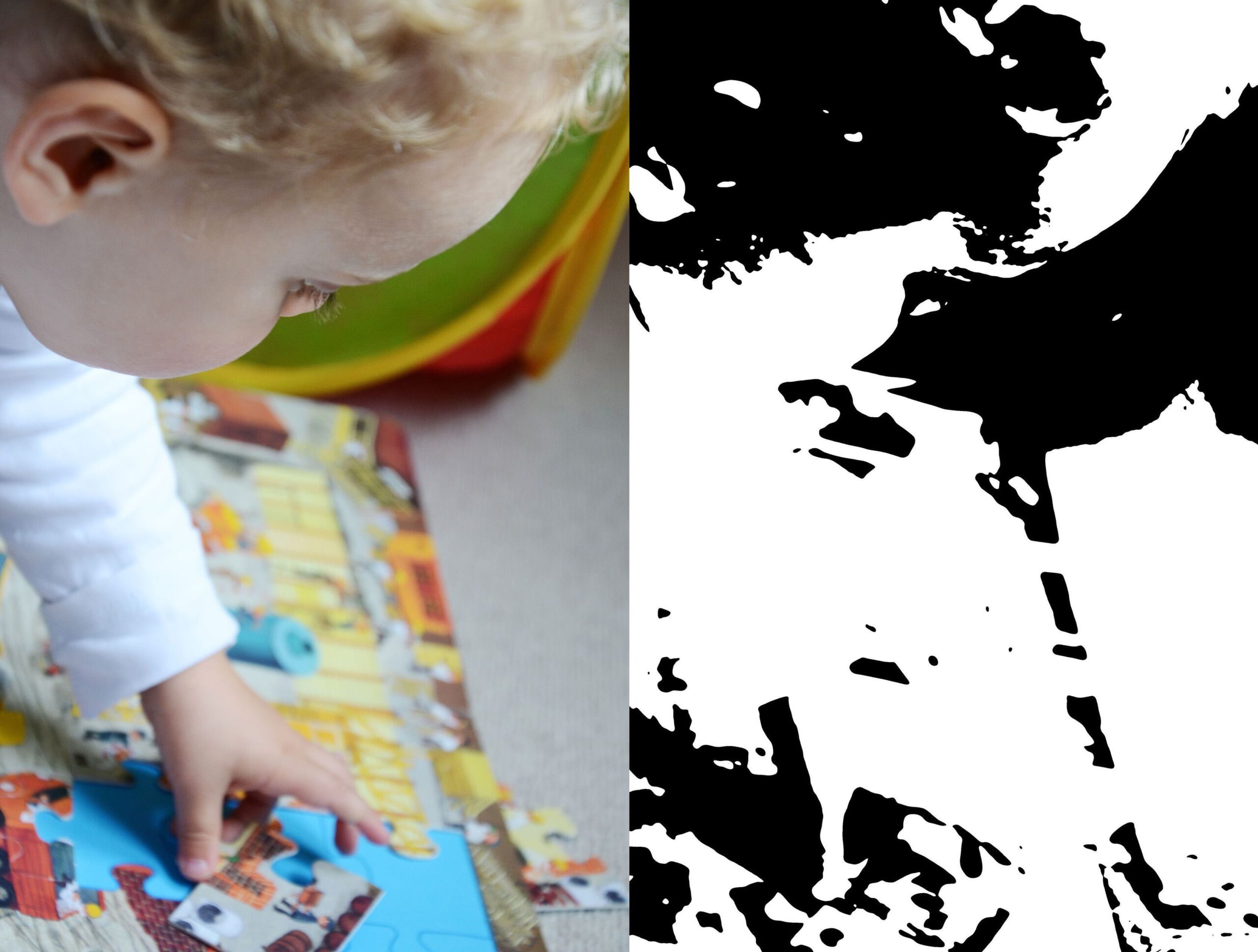
The scientists behind the study grouped together 18 volunteers who showed slight signs of psychosis, and another group of normal, healthy individuals. In the end, they found that those with early signs of psychosis could more easily identify the baby in the picture.
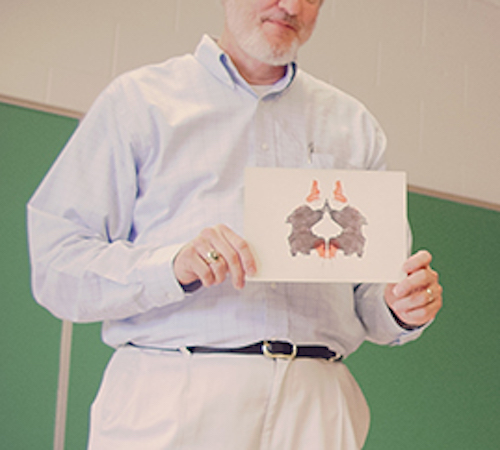
They also used this information to determine whether someone was able to make sense of an incomplete or obscure image. While more research needs to be done on this, they concluded that those who identified the baby could possibly be more prone to hallucinations.
There are differing views on what this could mean for the patient. Some scientists argued that spotting the baby was a good thing, because that just means your brain is trying its best to make sense of the world.
Did you see something else in this inkblot? Let us know in the comments below, and please SHARE news of this intriguing study with family and friends!




